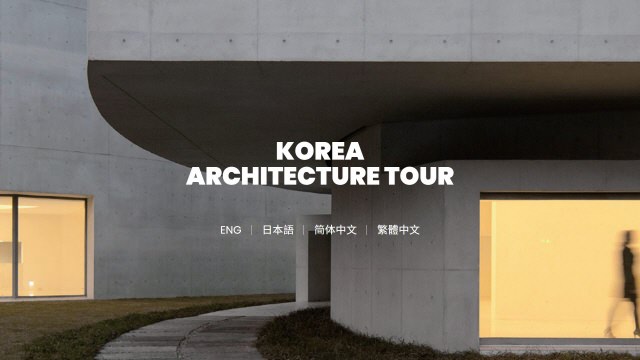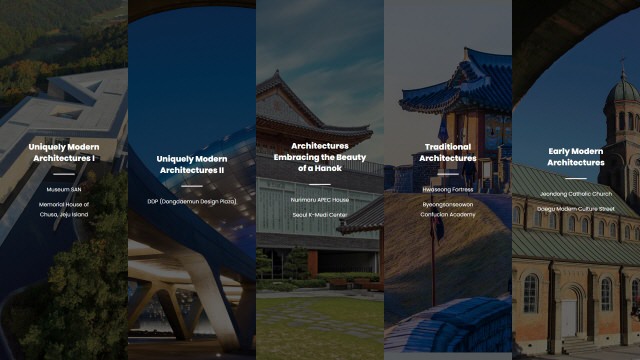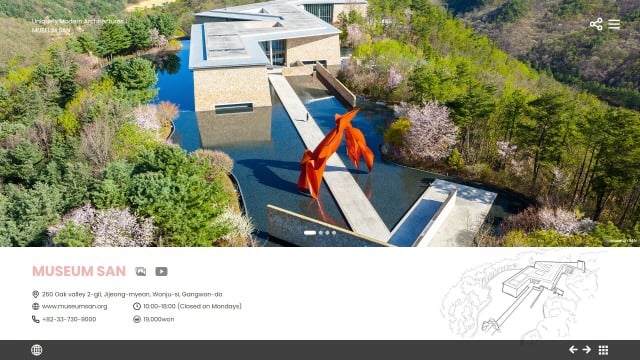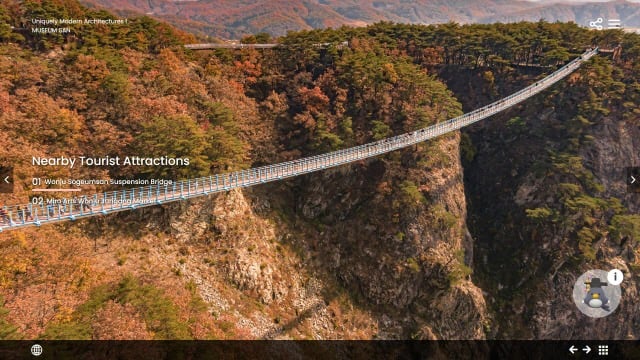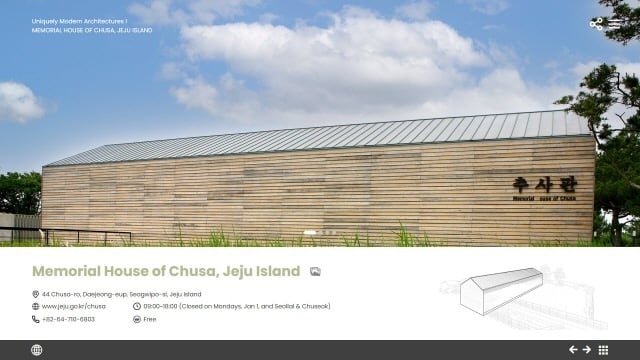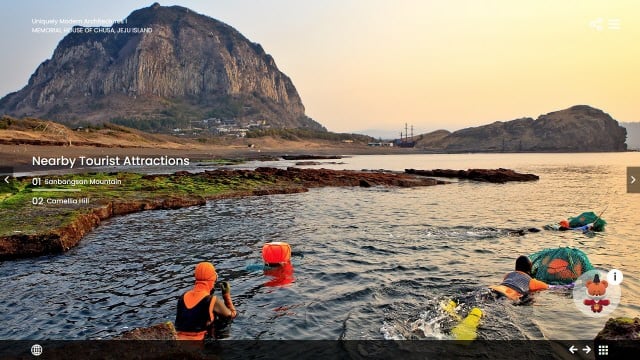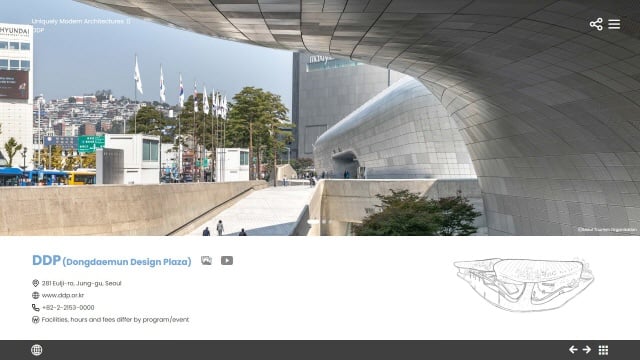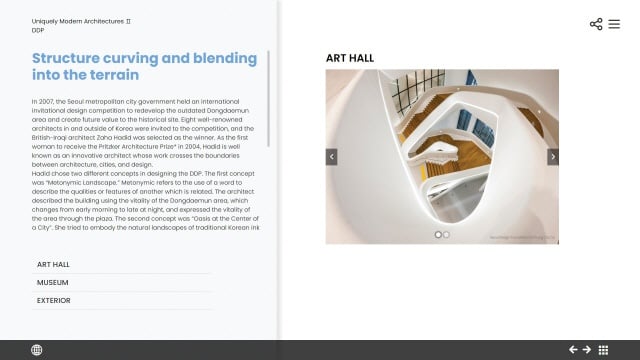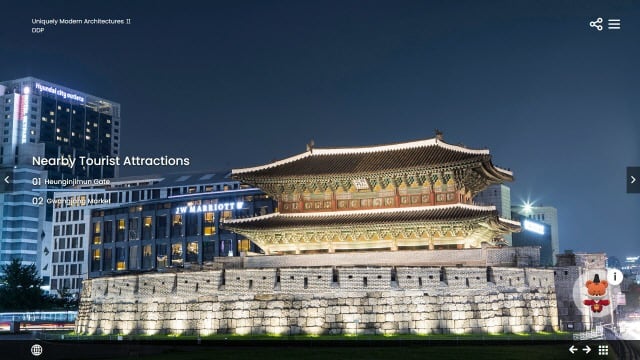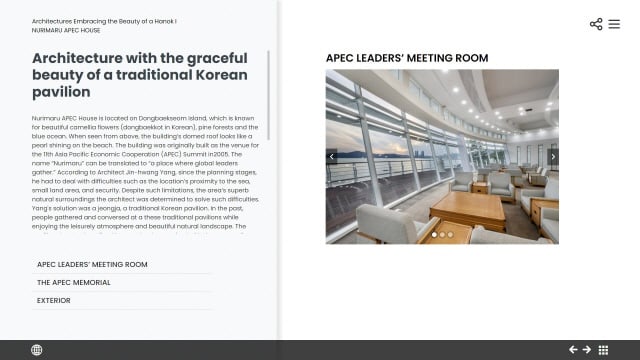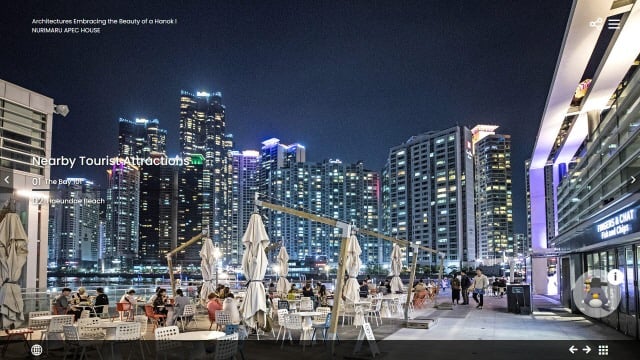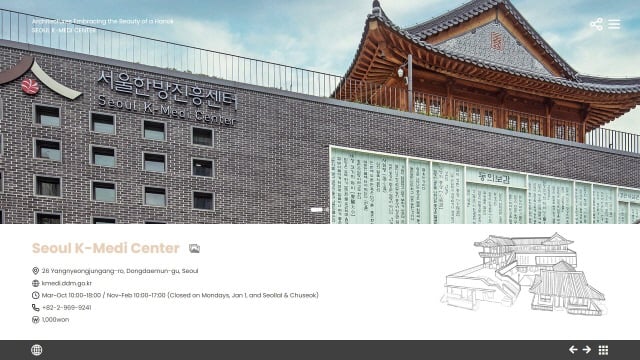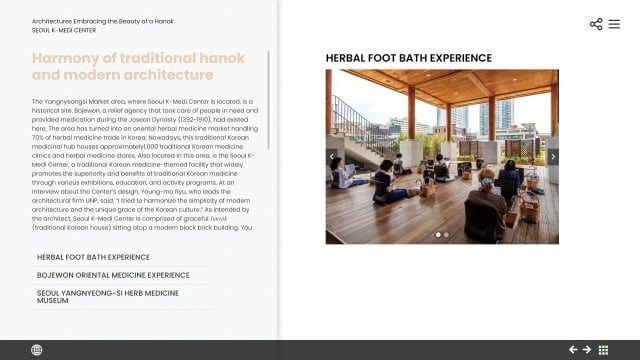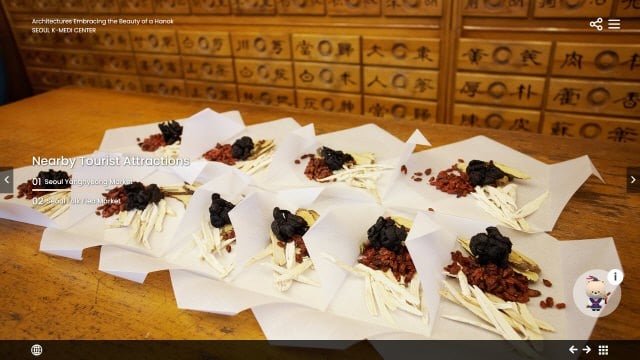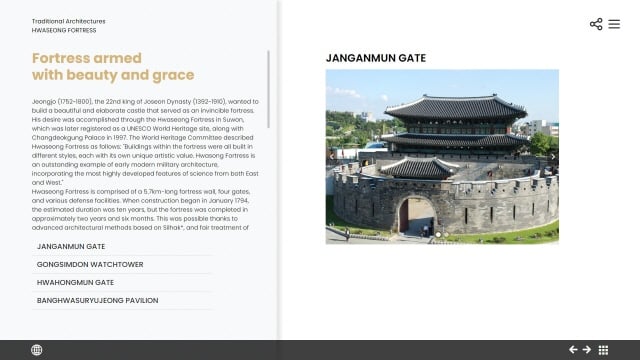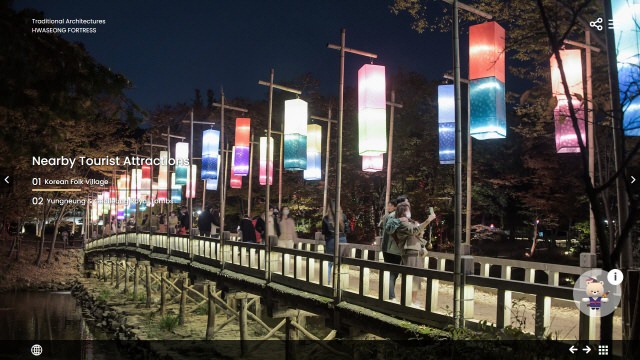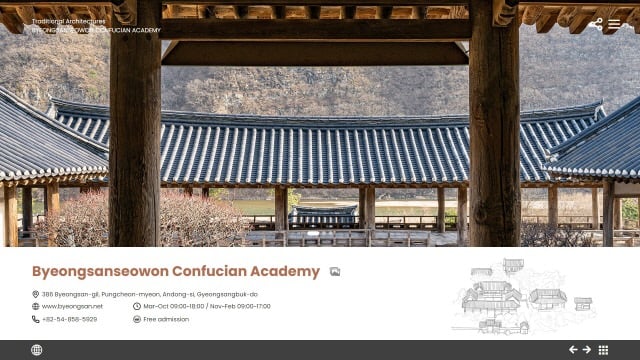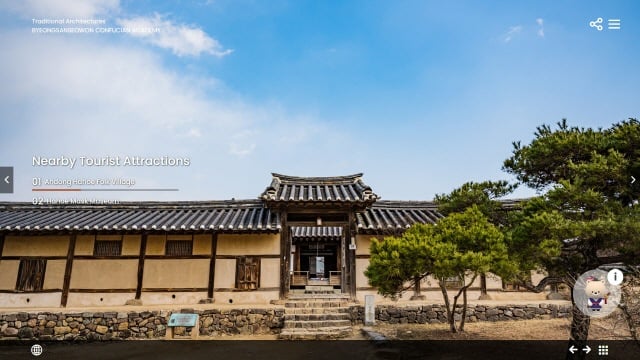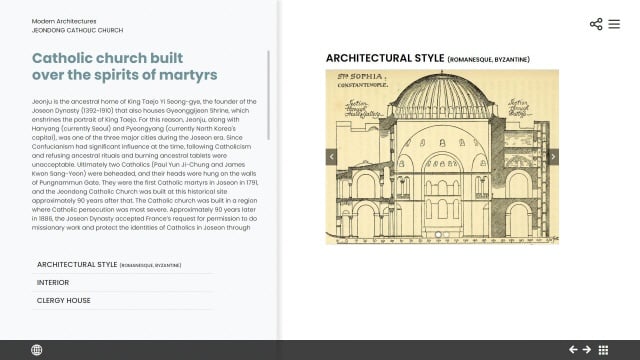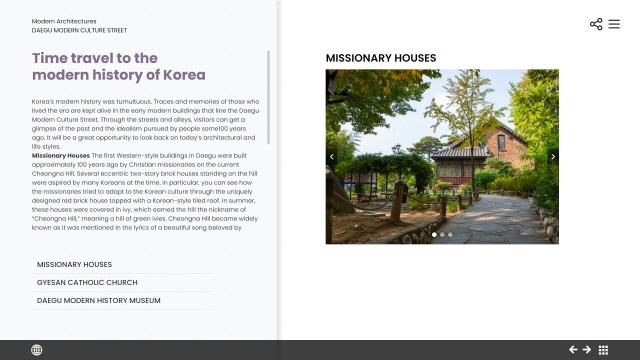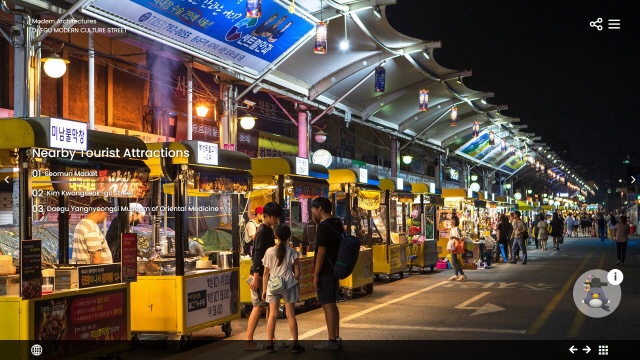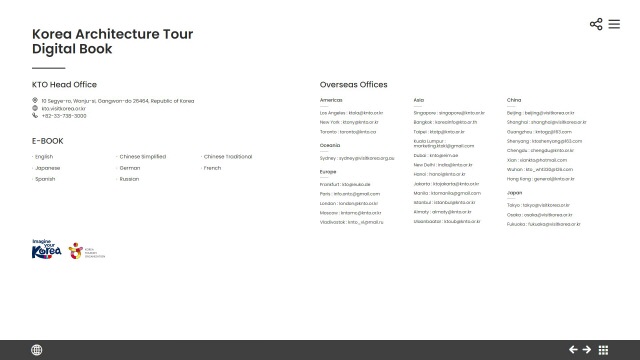Time travel to the modern history of Korea
Korea’s modern history was tumultuous. Traces and memories of those who lived the era are kept alive in the early modern buildings that line the Daegu Modern Culture Street. Through the streets and alleys, visitors can get a glimpse of the past and the idealism pursued by people some100 years ago. It will be a great opportunity to look back on today’s architectural and life styles.
Missionary Houses The first Western-style buildings in Daegu were built approximately 100 years ago by Christian missionaries on the current Cheongna Hill. Several eccentric two-story brick houses standing on the hill were aspired by many Koreans at the time. In particular, you can see how the missionaries tried to adapt to the Korean culture through the uniquely designed red brick house topped with a Korean-style tiled roof. In summer, these houses were covered in ivy, which earned the hill the nickname of “Cheongna Hill,” meaning a hill of green ivies. Cheongna Hill became widely known as it was mentioned in the lyrics of a beautiful song beloved by many Koreans.
Gyesan Catholic Church Gyesan Catholic Church has a unique architectural style. This unique Catholic church with two towers has a typical Gothic style floor plan, while the overall structure and detailed architectural designs are closer to Romanesque-style. The façade is a combination of red and gray bricks to visually highlight the building and to add to its structural beauty. The stained glass windows portraying martyrs, including the first Korean priest Saint Andrew Kim Tae-gon (1821~1846), highlight the church's reverent atmosphere. The large round flower shaped windows above the main gate and on the side walls add a unique beauty to ambiance of the church.
Daegu Modern History Museum This museum located in Pojeong-dong, the central area of Daegu during the Japanese colonial era (1910~1945). The building originally accommodated the Daegu branch office of the Joseonsiksan Bank, which was built by the Japanese government to promote Joseon’s industries during its colonialism. Completed in 1932 in Renaissance-style, the building remains almost intact. Even after more than 100 years, the not overly ornate building still remains classic and sophisticated.
Missionary Houses
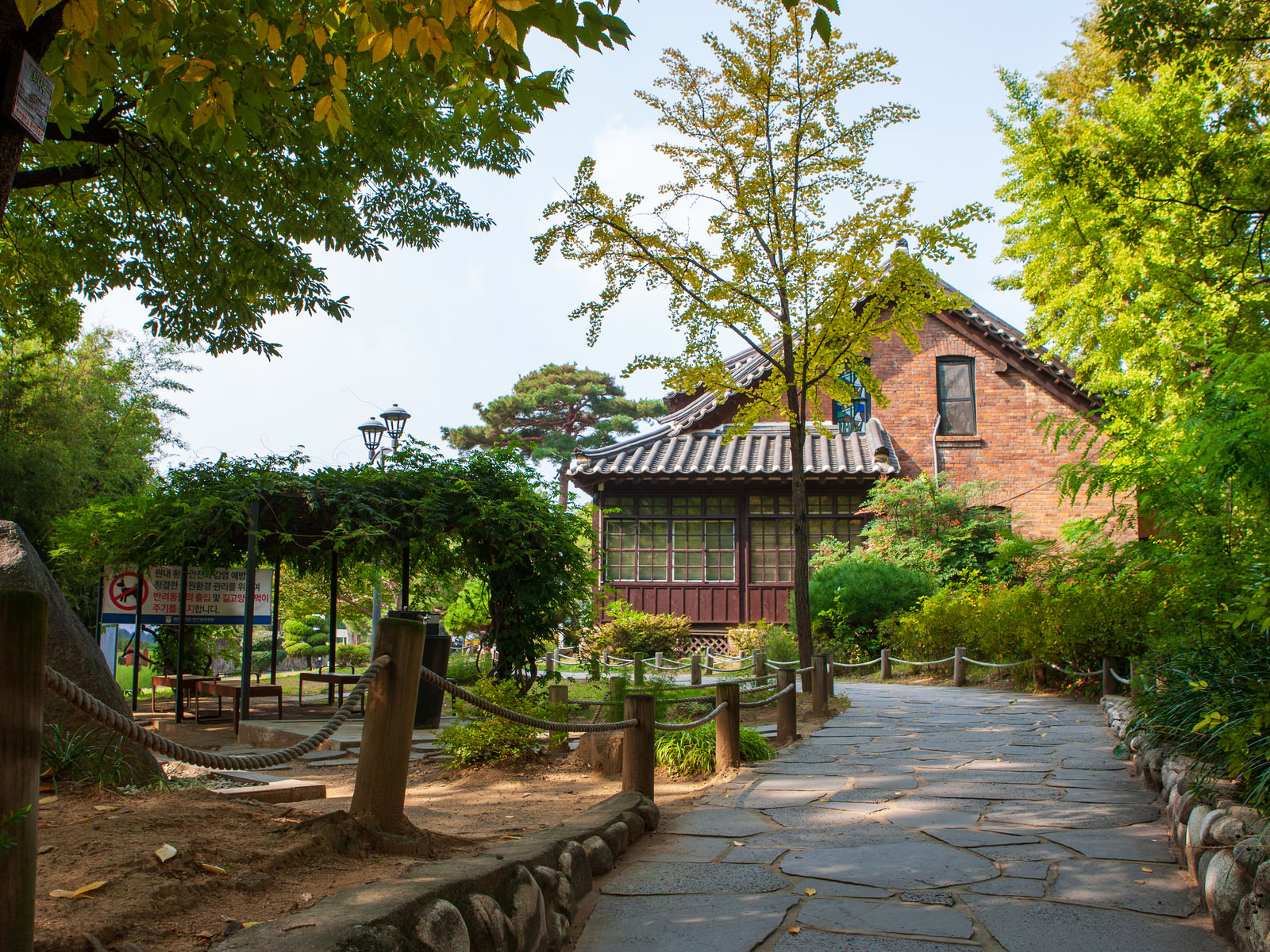
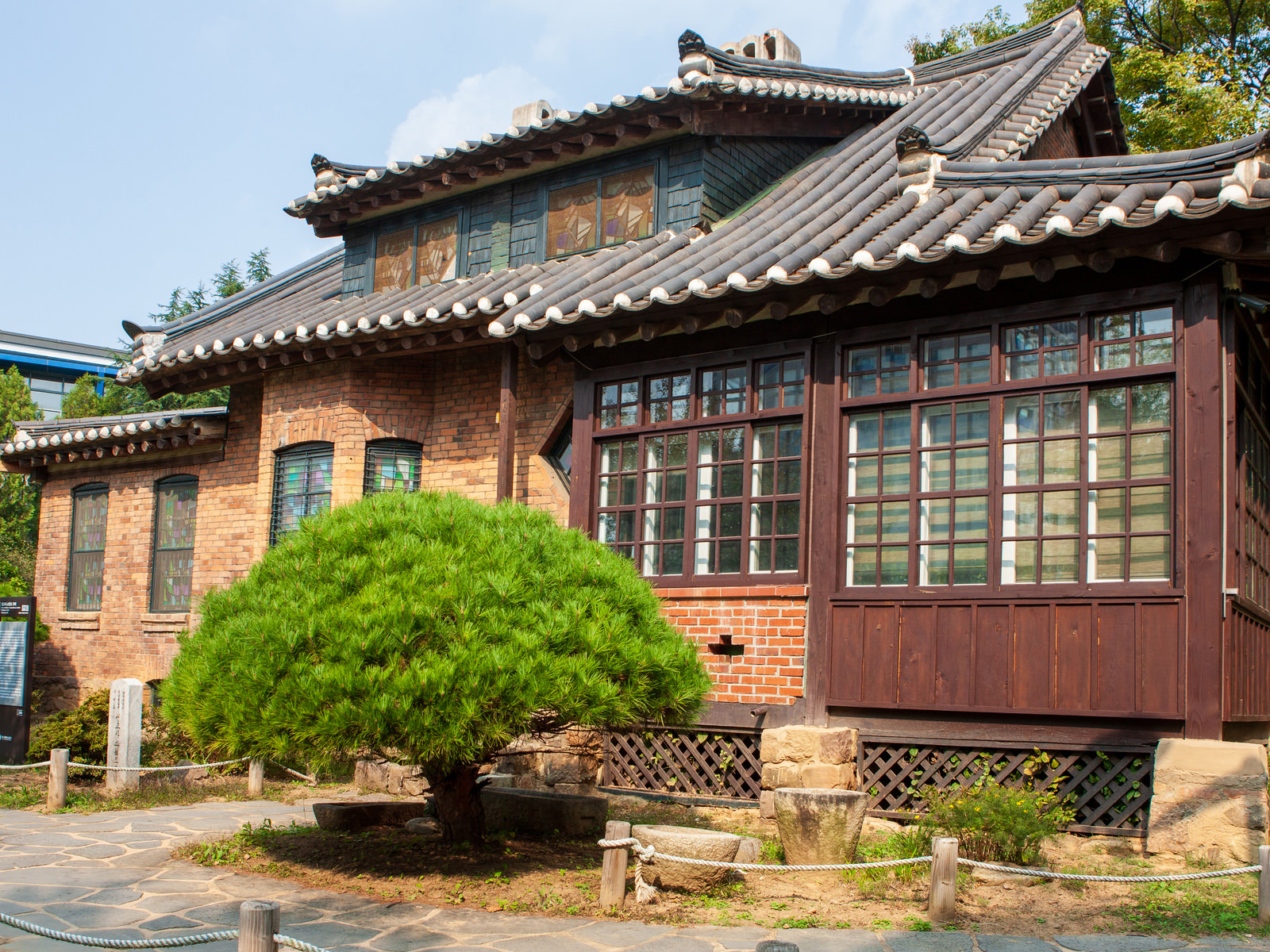
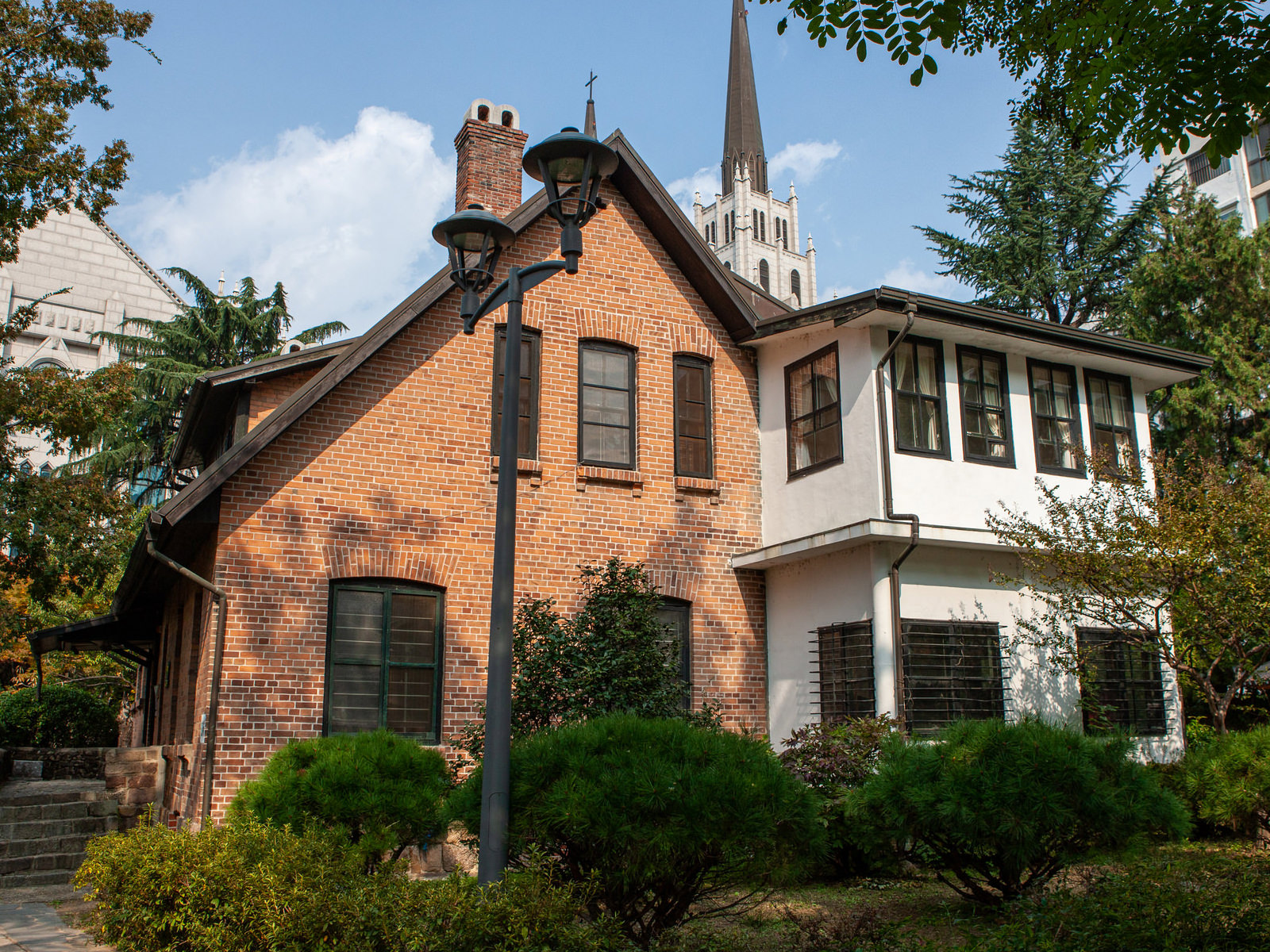
Gyesan Catholic Church

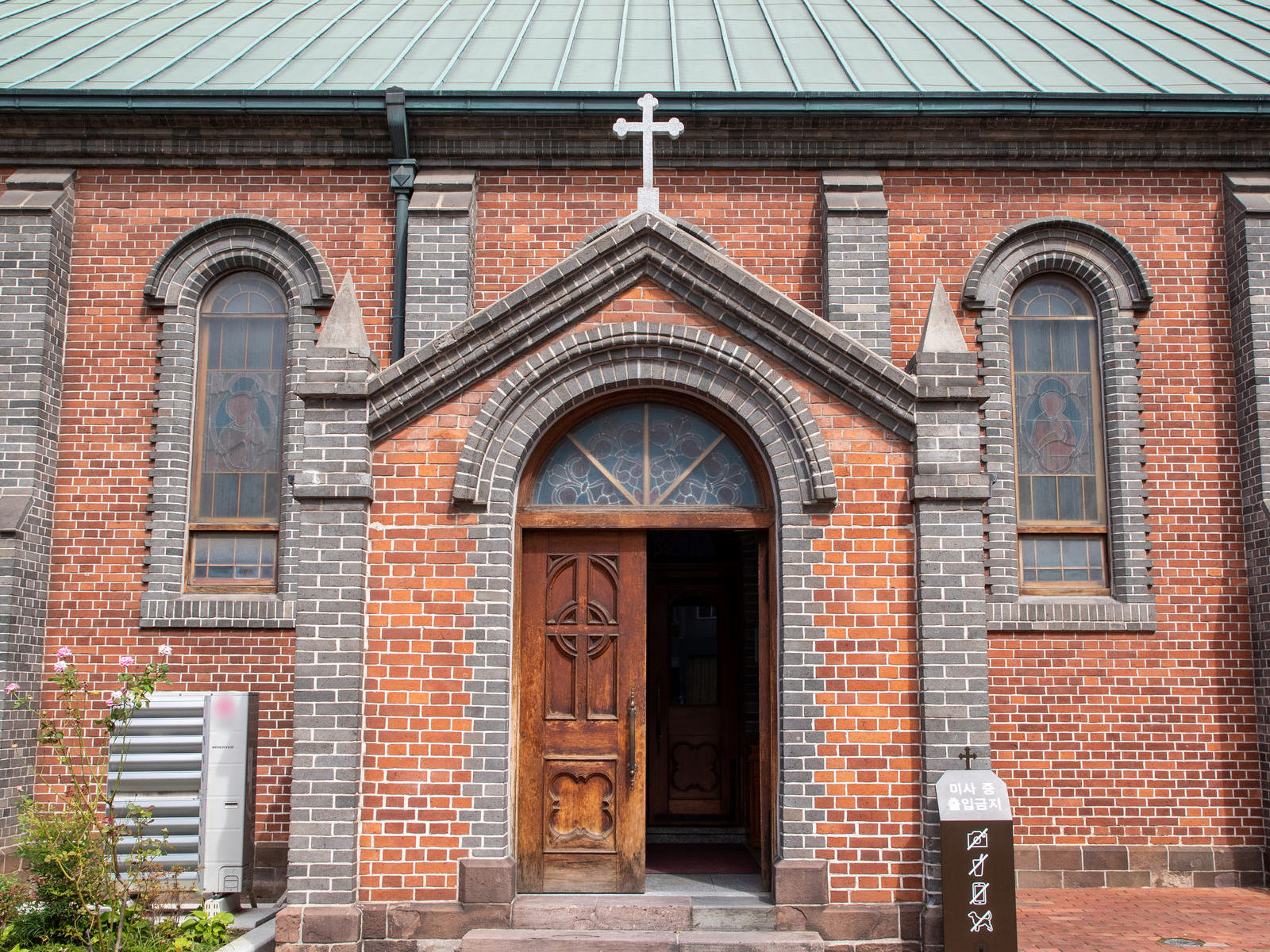
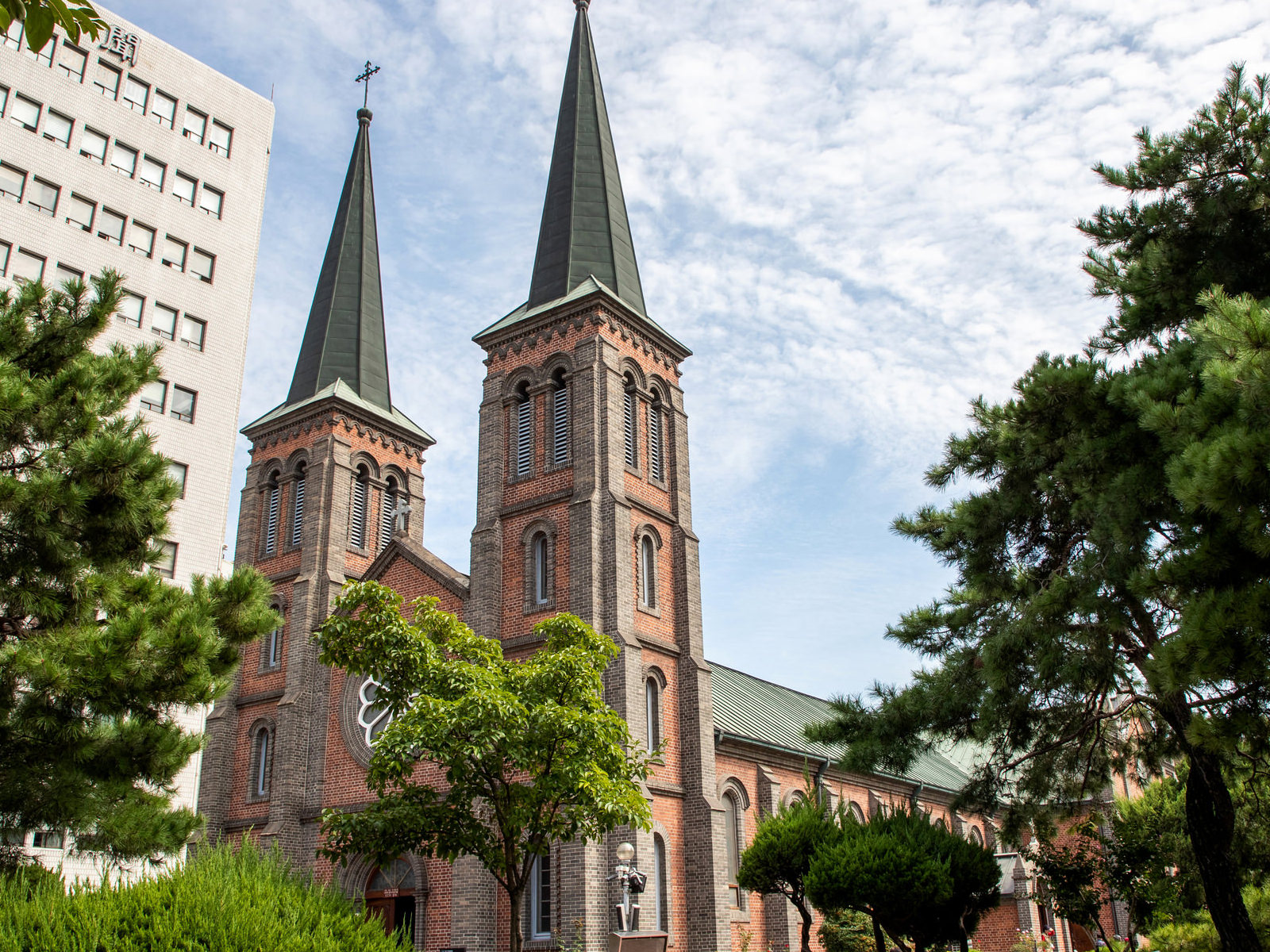
Daegu Modern History Museum
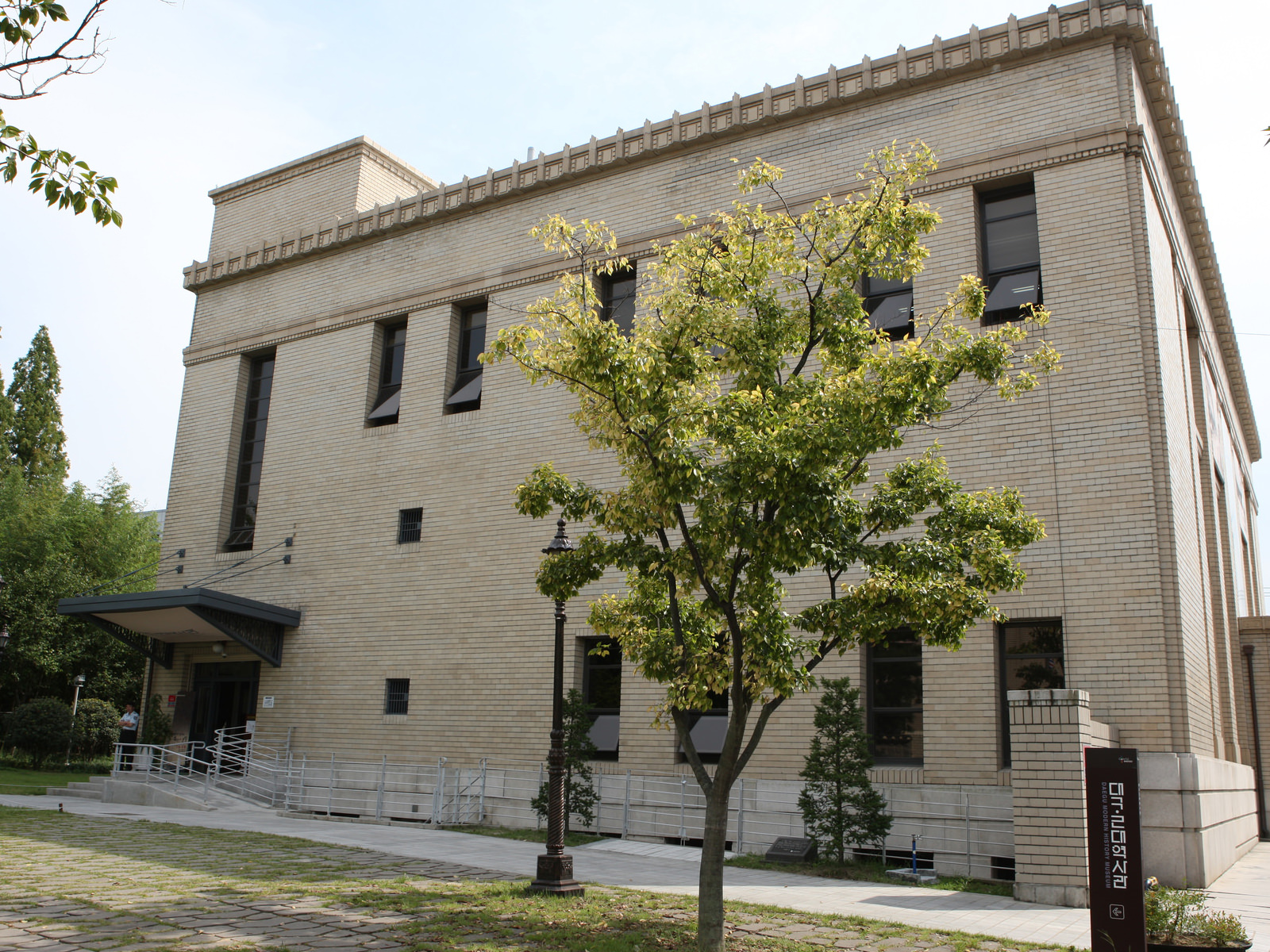
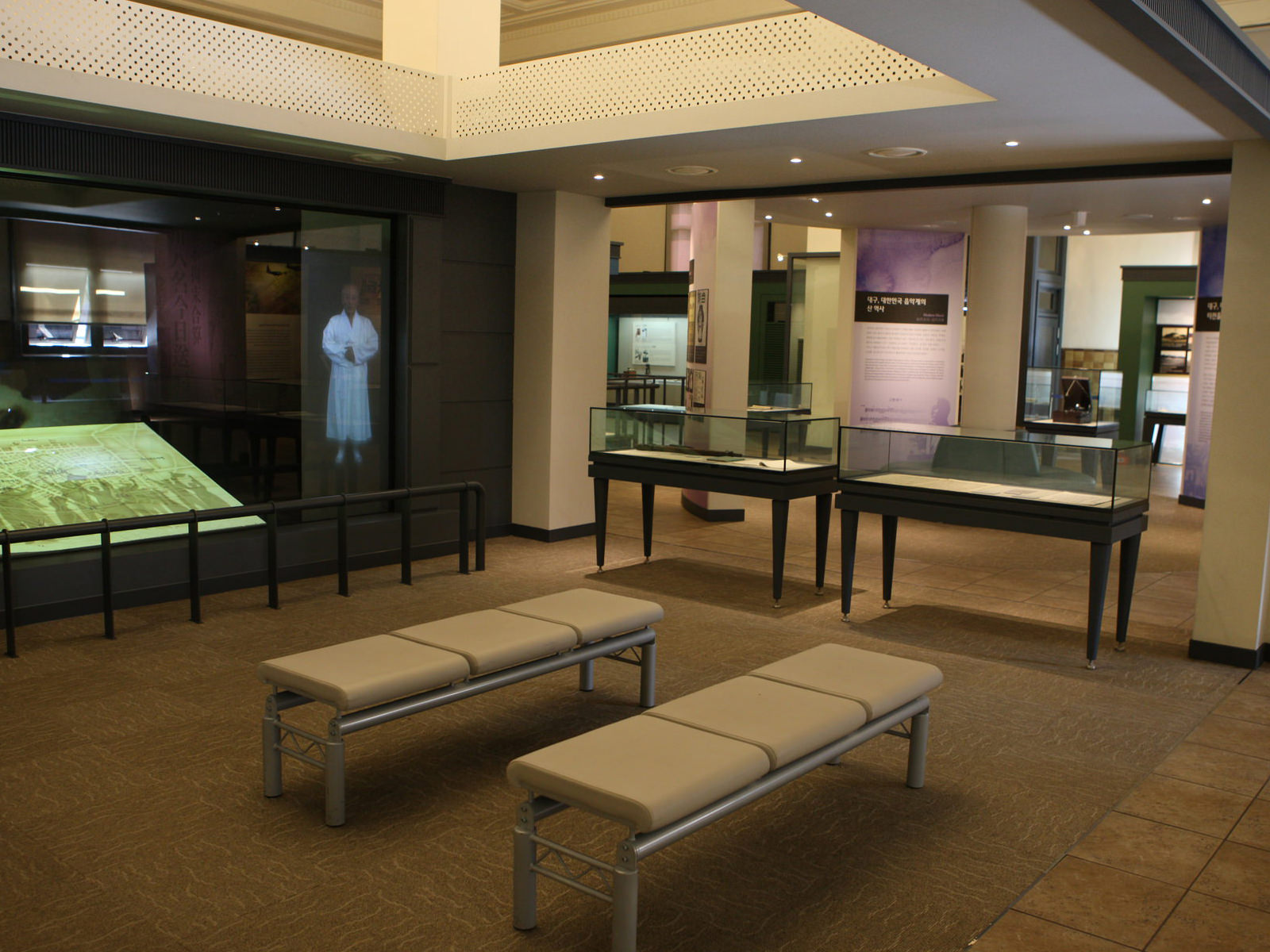

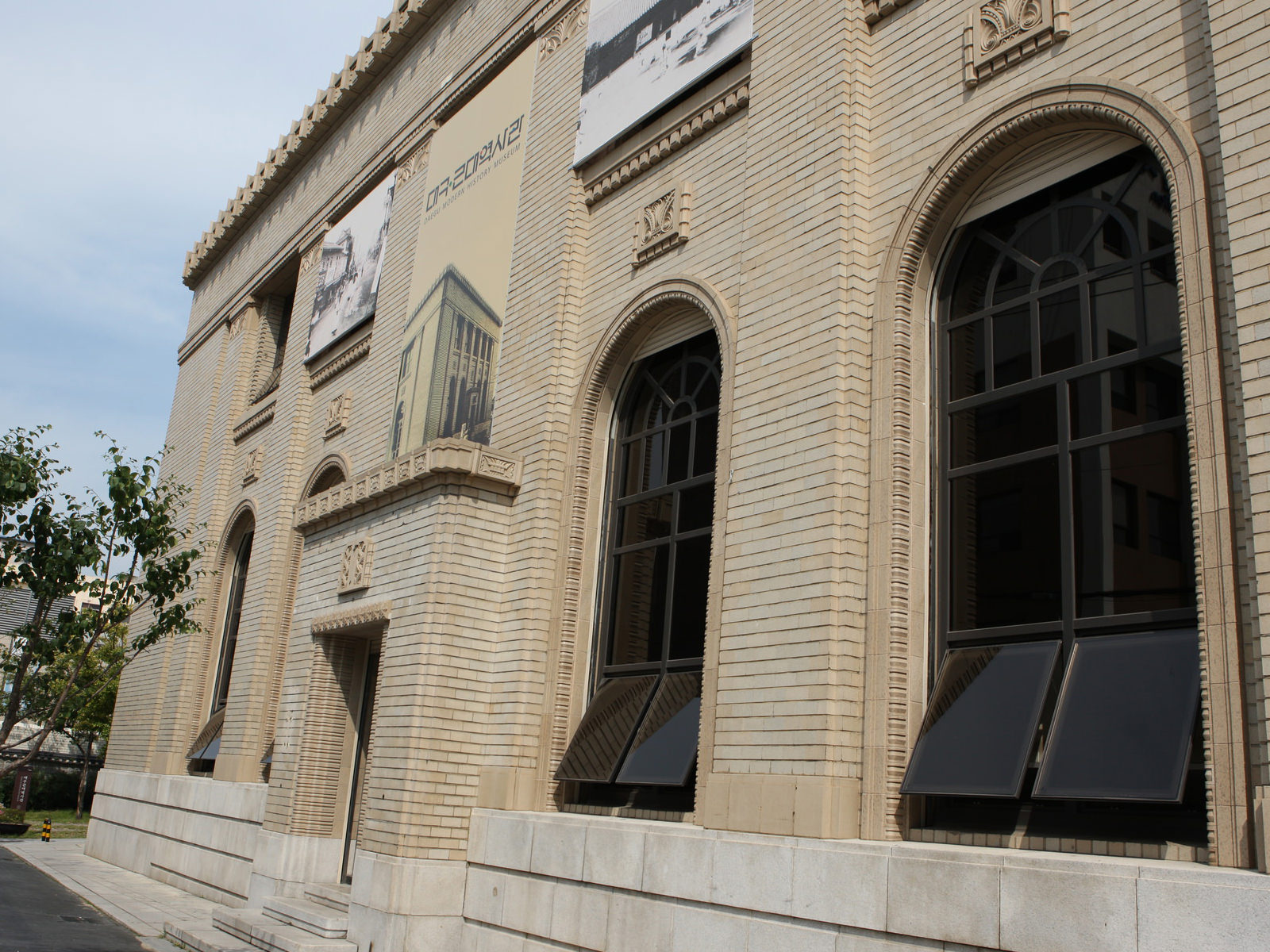
Nearby Tourist Attractions

- 50 Dalseong-ro, Jung-gu, Daegu
- +82-53-256-6341
- 09:00~19:00 (Closed on 1st & 3rd Sundays of every month)
Nearby Tourist Attractions

- Daebong-dong, Jung-gu, Daegu
Nearby Tourist Attractions

- 49 Dalgubeol-daero 415-gil, Jung-gu, Daegu
- www.daegu.go.kr/dgomeng/
- +82-53-253-4729
- 09:00~18:00 (Closed on Mondays, Jan 1, and Seollal & Chuseok days)
- Free admission
